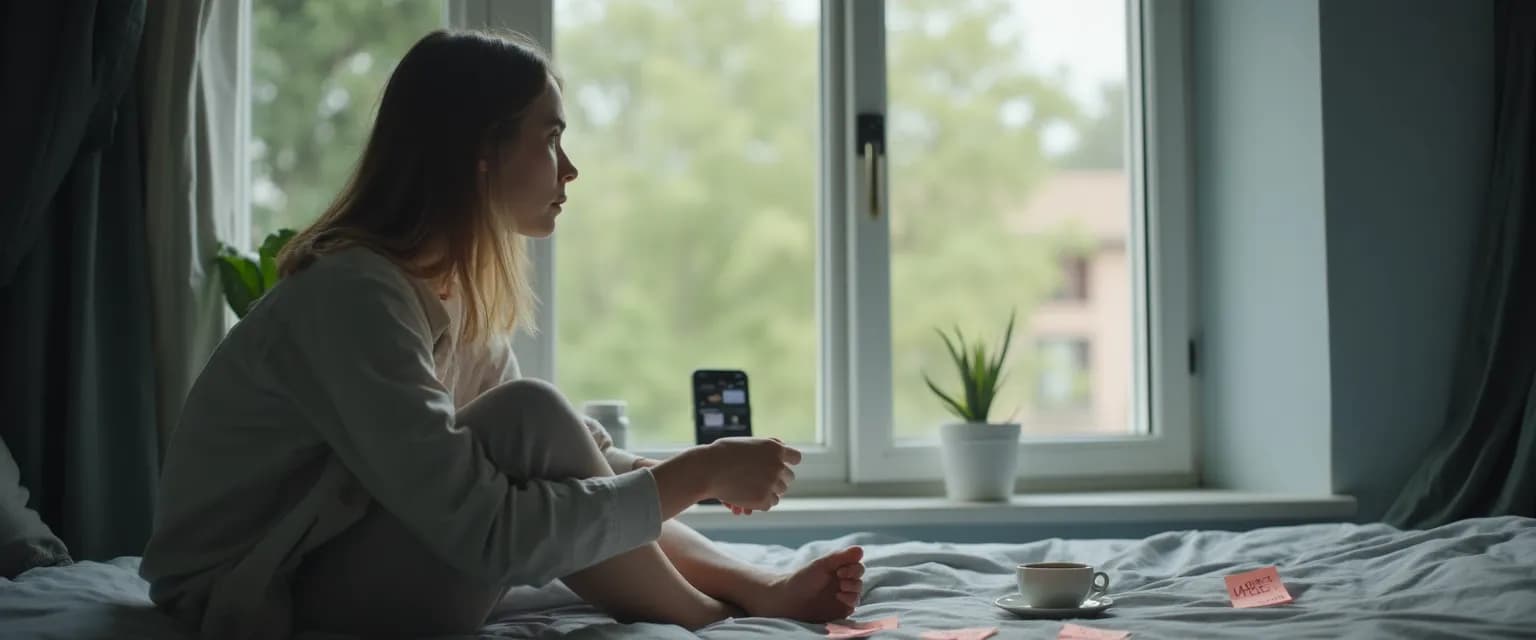8 Hidden Signs of Anxiety That Disguise Themselves as Everyday Habits
Ever caught yourself biting your nails during a meeting or lying awake at 3 AM with tomorrow's to-do list spinning through your mind? What if these seemingly ordinary habits weren't just quirky behaviors but actual signs of anxiety hiding in plain sight? Many of us experience anxiety symptoms daily without recognizing them for what they truly are. These subtle signs of anxiety often masquerade as personality traits or ordinary stress responses, making them particularly difficult to identify.
The truth is, anxiety wears many disguises. Research suggests that nearly 40% of people experiencing anxiety symptoms don't recognize them as such. Instead, they attribute these signs to being "high-strung," "detail-oriented," or simply "the way I am." Recognizing these hidden indicators is the first crucial step toward managing anxiety effectively and reclaiming your mental well-being.
Let's pull back the curtain on these sneaky imposters and explore eight common habits that might actually be your body and mind signaling that anxiety has taken up residence.
Physical Signs of Anxiety Hiding in Your Daily Routine
Your body often speaks the language of anxiety before your mind consciously recognizes it. These physical signs of anxiety frequently disguise themselves as everyday habits or minor health issues.
Nervous Habits That Signal Your Body's Stress Response
That nail-biting habit isn't just a quirk—it's your nervous system looking for relief. Similarly, skin-picking, hair-twirling, or knuckle-cracking often serve as physical outlets for internal anxiety. These behaviors activate the body's self-soothing mechanisms when anxiety levels rise, providing momentary relief but potentially becoming compulsive over time.
Sleep Disruptions Beyond Ordinary Insomnia
If you're experiencing disrupted sleep patterns—difficulty falling asleep, waking frequently, or early morning awakening—you might be dealing with anxiety-induced sleep issues. Your racing mind doesn't simply shut off at bedtime, and these sleep disturbances often become self-perpetuating as you begin to worry about not sleeping well.
Physical Discomfort That Seems Unexplained
Those mysterious tension headaches, jaw pain from grinding teeth, or persistent digestive issues? They're often physical manifestations of anxiety. Your body holds tension in response to ongoing stress, creating real physical symptoms that many mistake for separate health concerns rather than interconnected signs of anxiety.
Mental Signs of Anxiety That Feel Like Normal Thinking Patterns
Beyond physical manifestations, anxiety cleverly infiltrates your thought processes in ways that feel completely normal—until you recognize the patterns.
Overthinking Disguised as Thoroughness
That meticulous planning for every possible scenario isn't necessarily prudence—it might be anxiety-driven overthinking. When you find yourself repeatedly playing out conversations or scenarios in your head, creating extensive "what if" scenarios, or unable to make decisions without exhaustive analysis, anxiety may be the underlying driver.
Avoidance Behaviors Masquerading as Preferences
Do you "just prefer" eating at familiar restaurants, taking on certain types of work projects, or avoiding specific social situations? These preferences might actually be subtle avoidance behaviors stemming from anxiety. The brain creates comfort zones to protect itself from anticipated stress, gradually shrinking your world.
Perfectionism That Exceeds High Standards
Perfectionism often receives praise in our achievement-oriented culture, but when it stems from anxiety, it becomes a relentless taskmaster. If you experience intense distress over minor mistakes or spend disproportionate time perfecting details that others barely notice, anxiety might be fueling your perfectionism rather than simple attention to detail.
Recognizing and Addressing Hidden Signs of Anxiety
Identifying these disguised signs of anxiety is your first step toward reclaiming control. Start by paying attention to patterns—do certain situations consistently trigger these behaviors? Does stress amplify them? These connections help distinguish between occasional habits and anxiety responses.
Simple mindfulness practices can help you recognize these signs of anxiety in real-time. Try pausing when you notice these behaviors and asking yourself: "What am I feeling right now? What thoughts preceded this behavior?" This awareness creates space between stimulus and response.
Remember that these hidden signs of anxiety don't define you—they're simply signals that your mind and body need some additional support. By recognizing these patterns for what they truly are, you've already taken the most important step toward transforming your relationship with anxiety.




